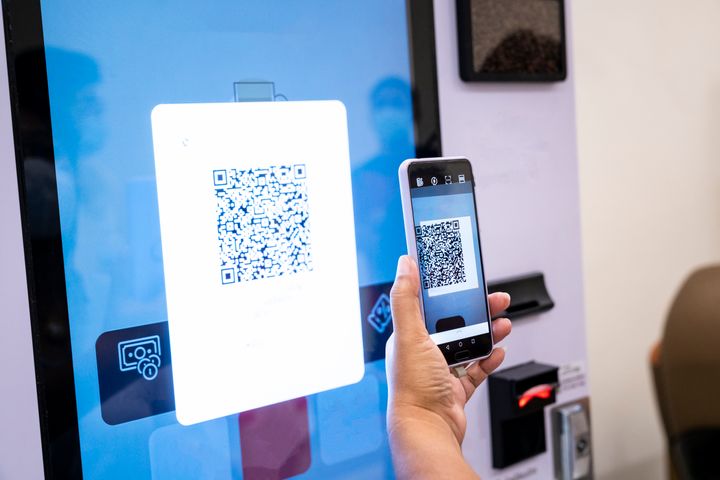
English speakers make frequent use of abbreviations to shorten communication or inject a more casual tone. However, we’ve become so accustomed to these shorthand terms that sometimes we use them without even knowing what they stand for.
Recently, while eating at a restaurant that required the use of a QR code to access its menu, I came to the realization that neither I nor my dining companions knew what those two letters denote. An informal poll of others in my life found the same.
While most of us can easily identify the full words behind shorthands like “VP,” “ft.” and “aka,” we struggle with others. Despite the many years and high frequency with which generations of people have said “OK” or written “lb.,” the words behind those abbreviations are not as widely known.
So it stands to reason that the same is true for contemporary additions to the abbreviation lexicon ― like “QR code.” Fortunately, the answer to that one is a little more intuitive.
“QR stands for Quick Response,” said Vahid Behzadan, an assistant professor of computer science and data science at the University of New Haven. “The QR code was invented in 1994 by Masahiro Hara, an engineer at the Japanese company Denso Wave. The QR code was originally developed to track automobile parts during the manufacturing process, but it quickly gained popularity in other industries as well.”
Behzadan noted that this type of two-dimensional barcode is ideal for use in a variety of contexts because it’s easy to scan, can be read from any angle and is able to store more information than the traditional linear barcode.
Although the QR code was developed in the 1990s, it only came into widespread cultural consciousness in recent years. Behzadan attributed this rise to the increasing popularity of smartphones, which have cameras that allow for easy scanning of QR codes, and the adoption of this technology by businesses, which use the codes to direct customers to their websites, provide information about their offerings and more. And then, of course, there’s the COVID-19 pandemic.
“The pandemic led to an increase in the use of QR codes for contactless payments and to provide customers with access to menus, product information, and other resources without having to touch physical surfaces,” he explained. “It is difficult to say for certain whether QR codes would have reached such widespread use by this point without the COVID pandemic. However, it is clear that the pandemic accelerated the adoption of QR codes by businesses and consumers alike.”
Indeed, we saw countless businesses in 2020 implement QR codes into their operations, from directing customers to digital payment methods to providing diners with restaurant menus without needing to touch physical surfaces.
“As a result of the pandemic, QR codes are now more widely used than ever before,” Behzadan said. “It is likely that QR codes will continue to be a popular way to provide information and access to services in the years to come.”
He pointed to the increasing versatility and sophistication of QR codes, noting that they can now store dynamic data like changing bus schedules or product prices.
“As QR codes continue to evolve, they are likely to play an even greater role in our lives,” the professor added. “For example, QR codes could be used to provide us with information about the world around us, to help us navigate through cities, and to interact with objects and devices in a more seamless and intuitive way.”
But technological advancements rarely come without their darker sides. QR code scams are an unfortunate new reality in our evolving world.
“Cybercriminals can craft malicious QR codes leading to phishing sites or malware downloads,” Behzadan said. “For example, in one recent scam, cybercriminals are sending text messages with QR codes that claim to be from shipping companies. When the recipient scans the QR code, they are redirected to a phishing website that steals their personal information.”
To avoid falling victim to these types of scams, make sure you’re only scanning QR codes from known sources, and pass on those that seem fishy. If a scan directs you to a suspicious website, don’t input any personal information.
You can also download a trusted QR scanner app that will alert you if a code is problematic. Keep your phone up to date so that its security features can protect your device from malware.
“It is important to be vigilant and to be careful about scanning QR codes, especially if they are from unknown sources,” Behzadan said. “If you are unsure whether a QR code is safe, it is best to err on the side of caution and not scan it.”